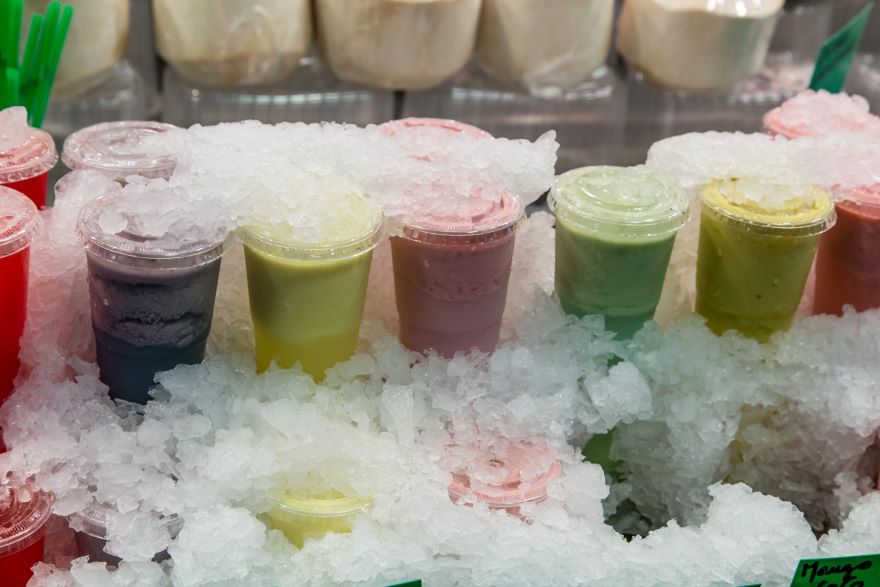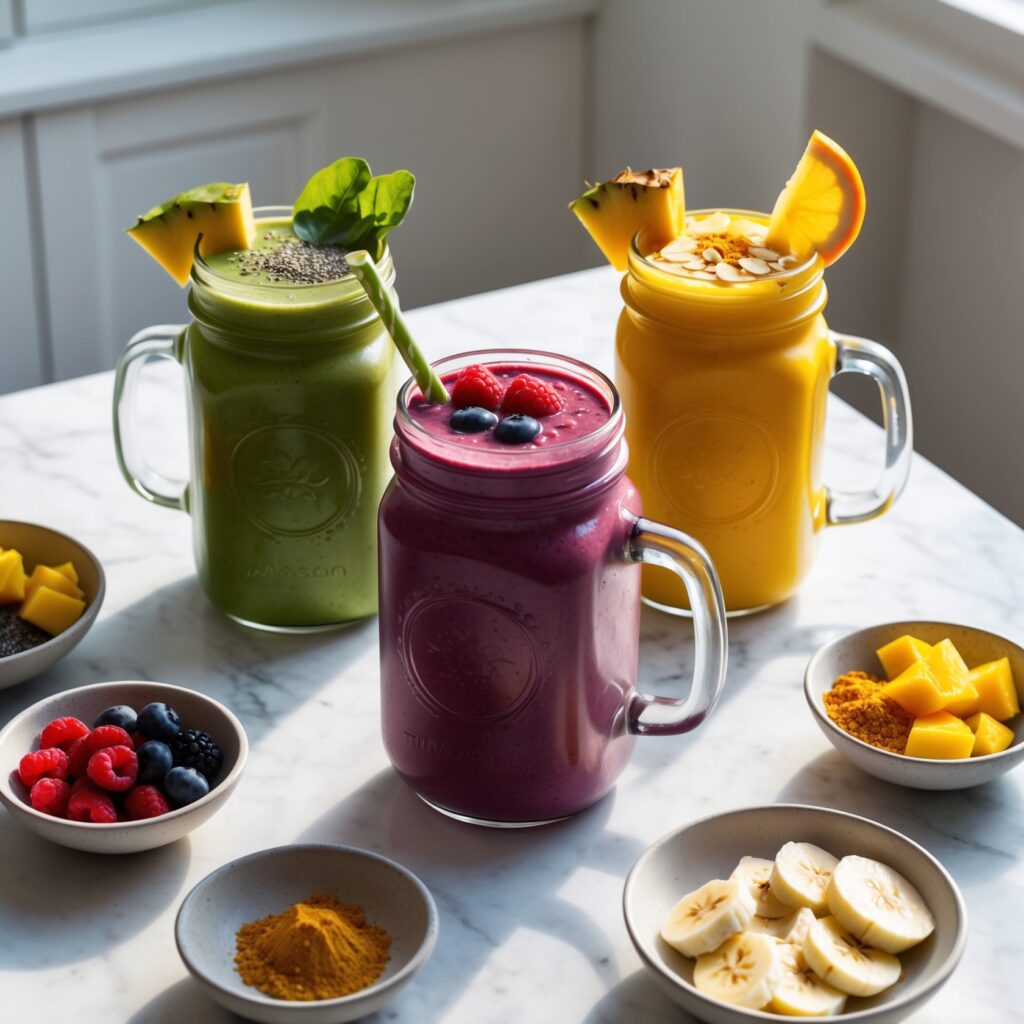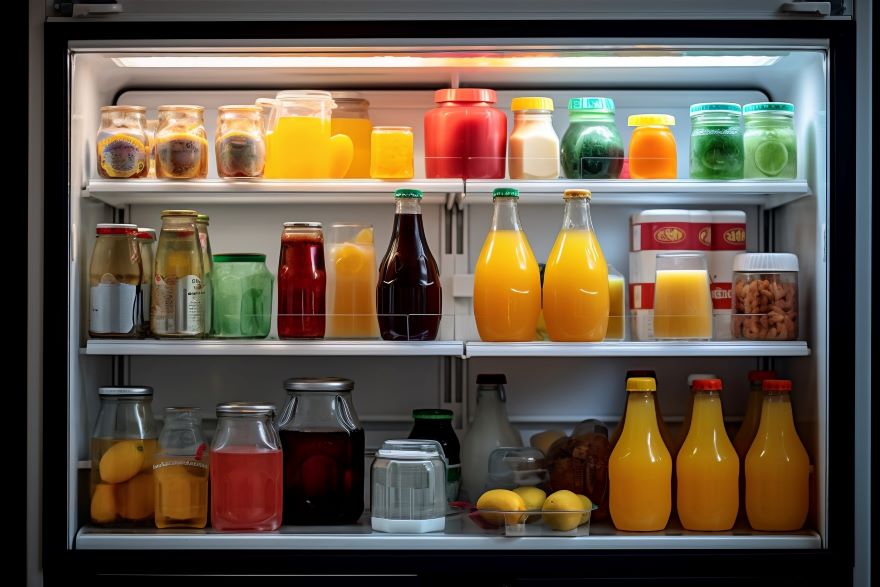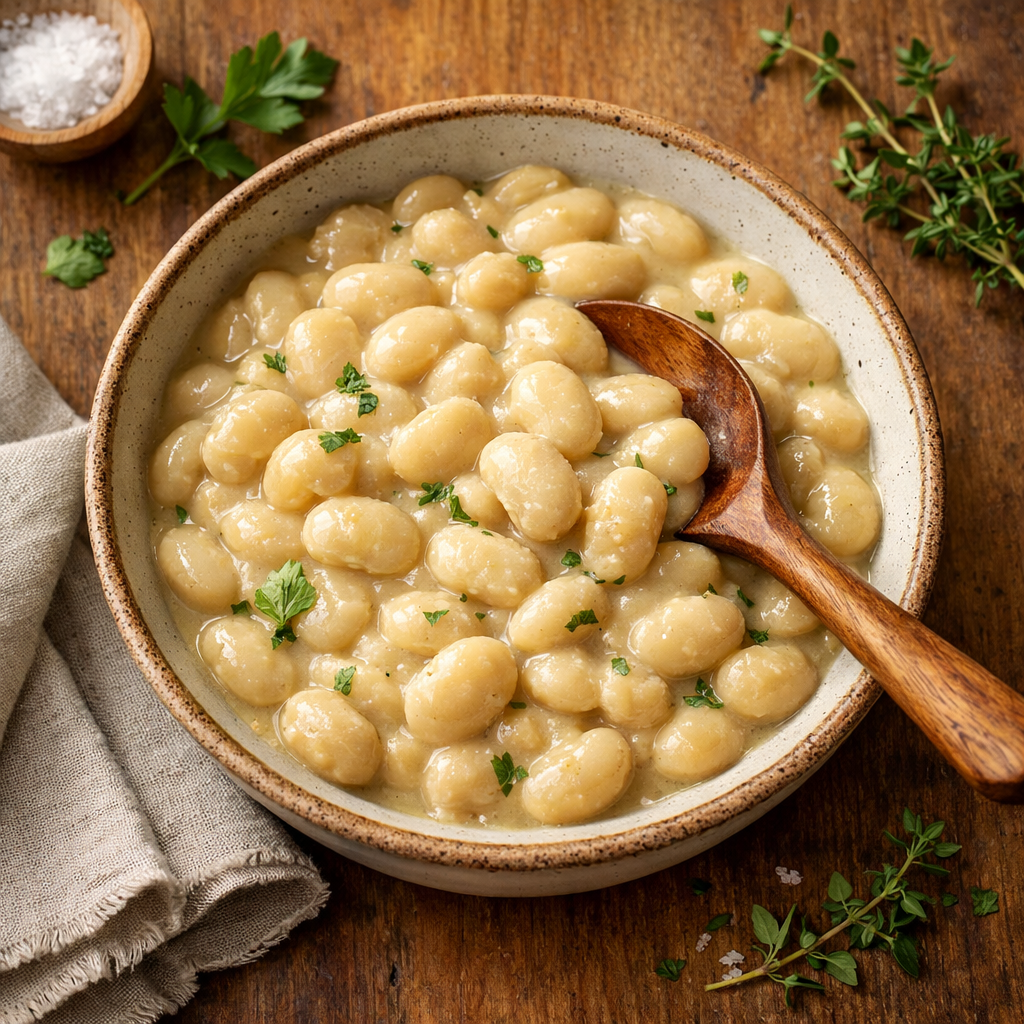Let me share my smoothie storage journey with you. Back when I lived in England, smoothies weren’t my thing at all. I stuck to my typical British tea and didn’t understand the smoothie craze. But moving to Canada changed everything. Once I learned the right techniques and storage hacks, smoothies became my daily companion. Now, I often reach for a nutrient-packed smoothie instead of plain water when I need refreshment.
Through years of trial and error with smoothie storage, I’ve learned exactly what works and what doesn’t when it comes to keeping those nutrient-packed drinks fresh and delicious. I’ve made every mistake in the book—from using the wrong containers to letting my smoothies sit out too long. Now, I want to help you avoid those same pitfalls.
My Smoothie Storage Story
One morning, after making a gorgeous berry-packed smoothie, I got called into an urgent meeting. When I returned two hours later, my beautiful purple creation had turned into a sad, separated mess. That’s when I realized I needed to learn proper storage techniques. This experience launched my quest to master the science of smoothie preservation, leading to the solutions I’ll share with you today.
Why Storage Methods Matter
Through my experiments, I’ve discovered that oxidation is your smoothie’s biggest enemy. When those fresh ingredients meet air, they start breaking down fast. Not only does the taste suffer, but all those amazing nutrients begin to degrade too.
Last October, I got to prove just how well proper storage works. My dad and stepmom visited from England, and one morning, my dad asked for his usual coffee. Instead, I served him one of my stored smoothies—a banana-berry blend I’d prepped the night before. His skeptical look turned into surprise after the first sip! My stepmom loved it so much, she declared she’d start doing the same back home in England. That moment made me smile—knowing my storage techniques could pass the test of two dedicated tea-and-coffee Brits!
I learned about proper storage the hard way when I once left a banana-spinach smoothie in a half-filled container. By lunch, it had turned an unappetizing brown color. Now I know that using airtight containers and filling them completely makes all the difference.
Let me take a moment here to stress something I learned through countless failed attempts—room temperature is never your friend when it comes to smoothies. Bacteria love warm environments, and they’ll multiply faster than you can say “green smoothie.” Always keep your drinks cold!

Picking Your Perfect Container
After trying countless options, I’ve found that both glass and plastic containers have their place in smoothie storage. Let me break down what I’ve discovered about each:
Glass versus Plastic
Plastic and glass containers each have their own set of pros and cons, which I will briefly outline here.
Glass Containers
Glass has become my go-to for at-home smoothie storage. They never hold onto smoothie smells or colors, which I love. Plus, cleaning them is a breeze – no lingering strawberry stains! The only downside? They’re not the most practical to bring to my piano lessons.
Some glass container tips I’ve learned:
- Wide-mouth containers make cleaning easier
- Dark glass helps protect nutrients from light damage
- Double-walled glass keeps smoothies colder longer
Plastic Containers
For on-the-go situations, I reach for my BPA-free plastic containers. They’re lightweight and won’t shatter if dropped. Just make sure to pick ones that won’t leach chemicals into your drinks.
Reusable Containers
Choosing reusable containers is an eco-friendly and cost-effective option. Invest in high-quality and durable containers, like Mason jars. They’re tough enough to handle all your blending needs as they can be reused repeatedly. We highly recommend the Ball 64 ounce Jar from Amazon.
- (2-Pack) 64-Ounces / Half Gallon Mason Jars with Bands and Lids.
- Versatile glass mason jars for canning, crafting, and juices.
- Wide Mouth jars work best with whole fruits and vegetables.
- The jar has measuring lines for easy measuring and handling.
- Made in USA, BPA-Free, Lead-Free.

My Blending Secrets
Getting the perfect smoothie consistency starts with proper blending. Here’s my tried-and-true method:
- I always start with liquids at the bottom. This creates a vortex that pulls other ingredients down
- Next, I add soft fruits and vegetables
- Then come the leafy greens
- Last, I top it off with frozen items or ice
For perfectly smooth and consistent smoothies every time, the Ninja BL610 Professional Blender is an excellent choice. Its powerful motor and Total Crushing Technology pulverize ice and frozen fruits in seconds.
- PROFESSIONAL POWER: 1000 watts of professional power can crush ice and breakdown any tough ingredient.Power source : Corded Electric.Amperage : 12.5 amps
- XL CAPACITY: The 72 oz professional blender pitcher is excellent for making frozen drinks and creamy smoothies for the entire family. 64 oz. max liquid capacity
- INTELLIGENT TECHNOLOGY: Total Crushing Technology delivers unbeatable power with blades that pulverize and crush through ice, whole fruits and vegetables in seconds.
- ICE CRUSHING: Blast ice into snow in seconds and blend your favorite ingredients into delicious resort-style frozen drinks
- RECIPE INSPIRATION: The included recipe guide provides drink and dish making inspiration.
Storage-Friendly Smoothie Recipes
The Long-Lasting Green Machine
- 1 cup spinach
- 1/2 frozen banana
- 1/2 cup frozen mango
- 1 tablespoon chia seeds
- 1 cup coconut water
- 1/2 inch ginger root
This smoothie stays fresh for up to 48 hours when stored properly. The chia seeds help prevent separation, and the ginger acts as a natural preservative.
Berry Blast Forever
- 1 cup mixed frozen berries
- 1 banana
- 1 tablespoon honey
- 1 cup almond milk
- 1/4 cup rolled oats
- 1 tablespoon lemon juice
The acid from the lemon juice helps preserve this smoothie for up to 3 days. The oats add thickness and staying power.

Tropical Time-Keeper
- 1 cup pineapple chunks
- 1/2 cup mango
- 1 orange
- 1 cup coconut milk
- 1 tablespoon lime juice
- 1/2 teaspoon turmeric
This combination stays vibrant for up to 72 hours. The citrus and turmeric work together to maintain freshness.
Storage Techniques That Work
Freezing Your Smoothies
I’ve found freezing to be perfect for meal prep. Every Sunday, I make a big batch of smoothies and freeze portions in ice cube trays. This way, I can pop out exactly what I need each morning.
When freezing, I make sure to:
- Fill containers almost to the top, leaving just a tiny bit of space for expansion
- Label everything with dates and ingredients
- Use freezer-safe containers to prevent freezer burn
Refrigerator Storage
For next-day smoothies, I use the refrigerator method. My smoothies stay fresh for about 24 hours this way. The trick? Minimizing air exposure and giving them a good shake before drinking.

Long-Term Storage Success
Through lots of practice, I’ve mastered keeping smoothies fresh for extended periods. My secret? Proper freezing techniques. I always let my smoothies cool to room temperature before freezing – this prevents ice crystals from forming.
Mason jars have become my best friends for long-term storage. They’re perfect for freezing and don’t absorb any flavors. I always leave about an inch of space at the top for expansion.
Keep your smoothies fresh and leak-proof with the Rubbermaid Brilliance Food Storage Container Set. These BPA-free, crystal-clear containers are perfect for storing and transporting your smoothies.
- 100% Leak-Proof & Airtight: Ensures mess-free transport of your favorite foods
- BPA-Free, Clear Tritan Plastic: Offers 360-degree clarity and stays looking like new
- Built-in Steam Vents: Allows microwave heating without removing the lids
- 44-Piece Set: Catering to all your food storage needs
- Convenience: Lightweight and portable, ideal for everyday use
Common Storage Problems and Solutions
Problem 1: Separation
Solution: Add natural binders like chia seeds, flax seeds, or a small piece of avocado to your smoothies. These ingredients help hold everything together.
Problem 2: Brown Color
Solution: Add a squeeze of lemon or lime juice to your smoothies. The vitamin C acts as a natural preservative and prevents oxidation.
Problem 3: Watery Texture
Solution: Store smoothies upright and avoid shaking during storage. When ready to drink, give them a good stir or quick reblend.
Bringing Stored Smoothies Back to Life
The Re-blending Method
Sometimes stored smoothies need a little revival. I pour them back into my blender, add a splash of liquid if needed, and give them a quick blend. This brings back that perfect, fresh-made texture.
Thawing Tips
I’ve developed three foolproof thawing methods:
- Overnight in the fridge (my preferred method)
- Two hours at room temperature
- Quick thaw in lukewarm water (when I’m in a hurry)
Beyond Basic Storage
Once you’ve mastered basic storage techniques, you can start experimenting with more advanced methods. I’ve started creating smoothie bombs – pre-portioned frozen balls of ingredients ready to blend. They’re perfect for busy mornings and can last for months in the freezer.
Making the Most of Your Stored Smoothies
My journey has taught me that stored smoothies can taste just as good as fresh ones – sometimes even better! The flavors have time to meld together, creating deeper, more complex tastes. That’s what won my dad over during his visit – he couldn’t believe the smoothie had been made the night before.
Final thoughts
From proper container selection and storage methods to freezing techniques and problem-solving solutions, this guide covers everything you need to know about keeping your smoothies fresh and delicious. Through my journey from a tea-loving Brit to a smoothie enthusiast, I’ve discovered that the secret to consistently enjoying nutrient-rich smoothies lies not just in making them, but in mastering the art of storing them properly. With airtight containers, strategic freezing methods, and simple revival techniques, you can transform your smoothie game from a one-time morning ritual to a sustainable healthy habit.
In our fast-paced world, where drive-throughs and instant meals often seem like the only option, remember that taking care of your health doesn’t have to be complicated or time-consuming. These smoothie storage hacks are more than just practical tips—they’re your gateway to maintaining a healthy lifestyle without sacrificing convenience. Think of each properly stored smoothie as an investment in your well-being, a small act of self-care that can make a big difference in your daily nutrition. By spending just a little time preparing and storing your smoothies correctly, you’re giving your future self the gift of instant access to fresh, nutritious fuel whenever you need it. After all, good health is like a savings account—the small deposits you make today add up to significant benefits tomorrow.

*We may earn a commission for purchases made using our links. Please see our disclosure to learn more.






